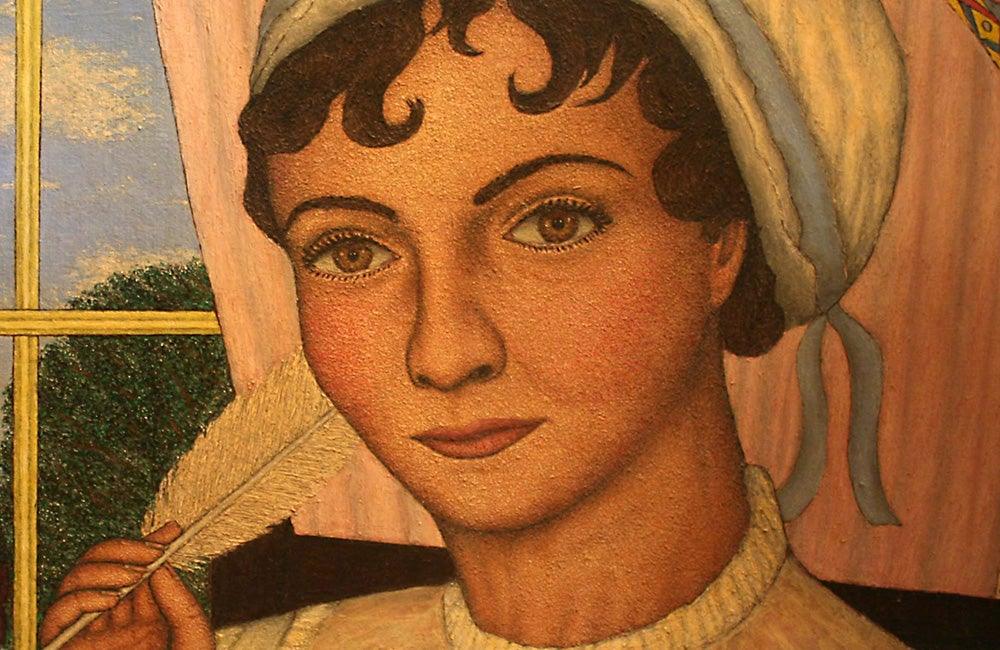First published: Spring 2018
Chicago-based painter Michael Noland interviews Stephen Warde Anderson on the morn of his Intuit exhibition
Mike Noland: How did you get started as an artist?
Stephen Warde Anderson: I never thought of being an artist until I was past 30 – had no art training or education except for a 7th grade art class. I used to get books from the library and, for a time, I was checking out books on the great artists. I was already doing pencil and charcoal drawings; this got me interested in painting. With little idea of what I was getting myself into, I decided to try my hand at it.
MN: How did you discover or invent your early technique of using tempera, saliva, a needle for a stylus and bottle caps for a palette?
I was not very successful at drawing, so in the early 1980s I concluded I needed to embark upon the great painting experiment. I broke the bank and bought myself some Prang tempera – just black, white, red, yellow and blue. I was confident that I could mix the rest of the colours I might need. Tempera was too watery for me, but the paint became manageable when it dried to a pasty consistency. Once, I unceremoniously spat upon the dry paint, and, lo!, it became a paste again. The next day I reliquified the hardened paints with water, but, doggone, they became too runny again. Aha, I said to myself, it’s the saliva that makes the paint pasty! I soon devised a technique of mixing up the paints in pop bottle caps. The next day they would be hard and I could reliquify them by spitting on them. It was great!

Jane Austen, 1987, crinoline on hardboard, 28 x 22 ins. / 71.1 x 55.9 cm
Since a brush was inadequate, I eventually found that I could make an ideal stylus from the plastic of whipped cream containers. As I developed a pointillist technique, I began to use sewing needles to dot and sometimes striate the surface with paint, often over a coat or two of laid on by the stylus.
I never found canvas suitable. In the late 1980s, I used strips of curtain-stiffening glued to board and then, for a long time, painted on [lamp] shade cloth fused to hardboard. By 1995 I was using gouache, then acryla-gouache, and by 2002, acrylics. This necessitated using brushes – a loathsome but necessary concession to conventionality. My painting surface became illustration board glued to hardboard and, more recently, to canvas boards.
MN: A lot of your work is portraits of actors and actresses you admire. How did that become the theme?
SWA: I think my original intention was to create pictures of my favorite actresses. Looking at movies and TV has been a lifelong obsession. I must have at least 6,500 films and have seen thousands more. There are many films I’ve seen dozens of times. You know, your favourite films and TV shows become a part of your life and you can live vicariously within them. So I get a lot of material from the cinema, inspiration for portraits and historical scenes.
This is an article extract; read the full article in Raw Vision #97




